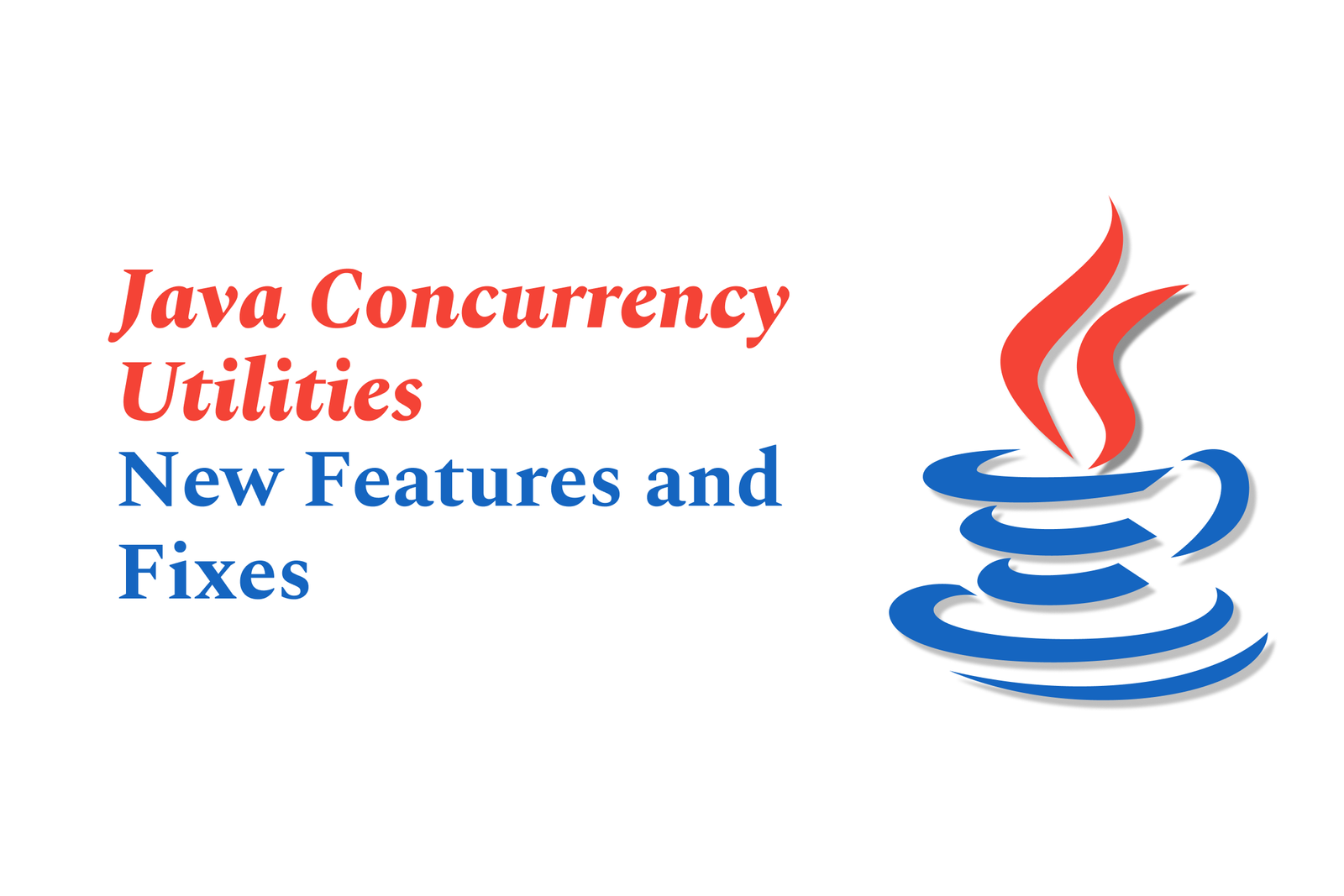Java Concurrency Utilities: New Features and Fixes
Java Concurrency Utilities introduced in Java 5 offer powerful tools like thread pools, concurrent collections, and synchronization primitives, enhancing multithreading efficiency, safety, and scalability by simplifying complex concurrency management and improving overall application performance.
Java Concurrency Utilities: New Features and Fixes
1 ) Introduction to Java Concurrency
Java supports concurrent programming inherently in its language design and class libraries.
Since Java 5, high level concurrency APIs are available in the `java.util.concurrent` package, enhancing multithreading capabilities.
2 ) Key Features Added in Java 5 for Concurrency
Introduction of new concurrency utilities designed to simplify multithreaded programming.
Facilities include thread pools, synchronization primitives, concurrent collections, atomic variables, and fork/join frameworks.
3 ) Thread Pools and Executor Framework
The `ExecutorService` and `ThreadPoolExecutor` classes help manage pools of worker threads efficiently.
Thread pools reduce overhead by reusing threads for multiple tasks rather than creating a new thread each time.
Example: Creating a fixed thread pool with 5 threads, submitting 10 tasks, and shutting down gracefully after execution.
4 ) Advanced java.util.concurrent Utilities
Thread safe collections provide scalable and efficient data structures for concurrent access without explicit synchronization.
Synchronization primitives (locks, semaphores, latches) offer more flexible control than traditional synchronized blocks.
High level abstractions legitimize managing complex concurrency patterns robustly and safely.
5 ) Language and JVM Enhancements Impacting Concurrency (Java 5 Highlights)
Generics: Enable type safe collections reducing casting risks in concurrent collections.
Enhanced for loop, Autoboxing/Unboxing, and Metadata (Annotations) increase readability and reduce boilerplate in concurrent programs.
JVM enhancements such as Class Data Sharing improve startup time, indirectly benefiting concurrent applications by reducing JVM overhead.
6 ) Performance and Safety Improvements
High level concurrency utilities improve application responsiveness, scalability, and maintainability.
Thread pooling optimizes system resource use and application throughput.
The concurrency framework in Java 5 ensures safer multi threading, minimizing common pitfalls like deadlocks and race conditions.
7 ) Summary
The introduction of `java.util.concurrent` in Java 5 marked a significant advancement toward powerful, scalable, and safer concurrent programming.
Thread pools, synchronization tools, and concurrent collections are vital tools empowering developers to build efficient multithreaded applications.
Ongoing JVM and language improvements complement concurrency APIs to deliver robust concurrent execution performance.
This summary captures the essence of new features and fixes related to Java concurrency utilities primarily introduced and enhanced with Java 5, focusing on practical concurrency utilities and their impact on programming efficiency and safety.
https://justacademy.in/news-detail/swift-package-manager-plugins:-what?s-new?
https://justacademy.in/news-detail/latest-java-build-tools-updates:-maven-&-gradle
https://justacademy.in/news-detail/swift-6.1:-advanced-pattern-matching-features
https://justacademy.in/news-detail/building-pwas-with-flutter-in-2025
https://justacademy.in/news-detail/healthcare-apps-built-with-flutter
Related Posts
In 2025, top Angular libraries offer modern, feature-rich components and tools for building dynamic web apps. From powerful data grids to low-code platforms like UI Bakery, these libraries enhance development speed, UI design, and scalability, making them essential for Angular developers.
Migrating from AngularJS to Angular 17 involves gradually upgrading your app by running both frameworks together using tools like ngUpgrade, rewriting components in TypeScript, and adopting Angular’s modern architecture to enhance performance, maintainability, and long-term support.
Angular state management tools help organize and handle app data efficiently, improving scalability and maintainability. Popular options include NgRx for robust, RxJS-based patterns, and newer Signal Store solutions that offer simpler, reactive approaches integrated tightly with Angular’s latest features.
RxJS in Angular empowers developers to manage asynchronous data streams with powerful operators like `forkJoin`, `combineLatest`, and `zip`. Mastering these key operators in 2025 is essential for building efficient, reactive applications that handle complex event sequences seamlessly.
Angular performance optimization in 2025 focuses on improving app speed and responsiveness by using techniques like OnPush change detection, lazy loading, efficient data caching, and AOT compilation. These practices reduce load times, enhance user experience, and ensure scalable, fast Angular applications.
In 2025, Angular remains preferred for large-scale, enterprise apps with its robust, all-in-one framework, while Vue attracts developers seeking simplicity and fast development for smaller projects. Both frameworks excel, with choice driven by project needs and team expertise.
Angular Signals are a new reactive primitive in Angular 16 that enable fine-grained, efficient change detection by automatically tracking dependencies and updating only affected parts of the UI. They simplify state management and boost app performance, revolutionizing Angular's reactivity model.
Angular interview questions to prepare in 2025 focus on core concepts like components, directives, data binding, routing, and dependency injection, along with TypeScript mastery and latest Angular features to ensure strong practical knowledge for building scalable, efficient web applications.
AngularJS reached its official end of support in January 2022, meaning no further updates or security patches. To ensure app security and performance, developers should consider migrating to modern Angular versions or seek third-party long-term support options if immediate migration isn’t possible.
The Angular Roadmap 2025 highlights upcoming features focused on improving developer experience and performance, including zoneless Angular, Signals integration, enhanced Forms, async data handling, improved HMR, and expanded Angular Material/CDK enhancements, driving modern, efficient web app development.










